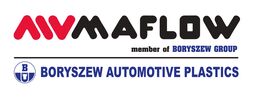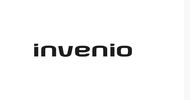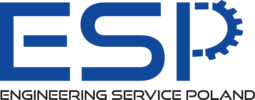- Dołącz do Klastra SA&AM
Aktualności
Driving Innovation webinar #3: "Autonomous Driving Test Environments" - 20.01.2026, 10:00-12:00
Koordynator Klastra zaprasza do udziału w webinarze "Drive2Transform: Driving Innovation: Autonomous Driving Test Environments", podczas którego eksperci omówią aktualną sytuację w zakresie testów autonomicznych pojazdów w Europie, ramy regulacyjne, walidację bezpieczeństwa oraz możliwości współpracy transgranicznej
UWAGA: rejestracja wymagana poprzez stronę organizatora --> LINK
UWAGA: webinar prowadzony będzie po angielsku
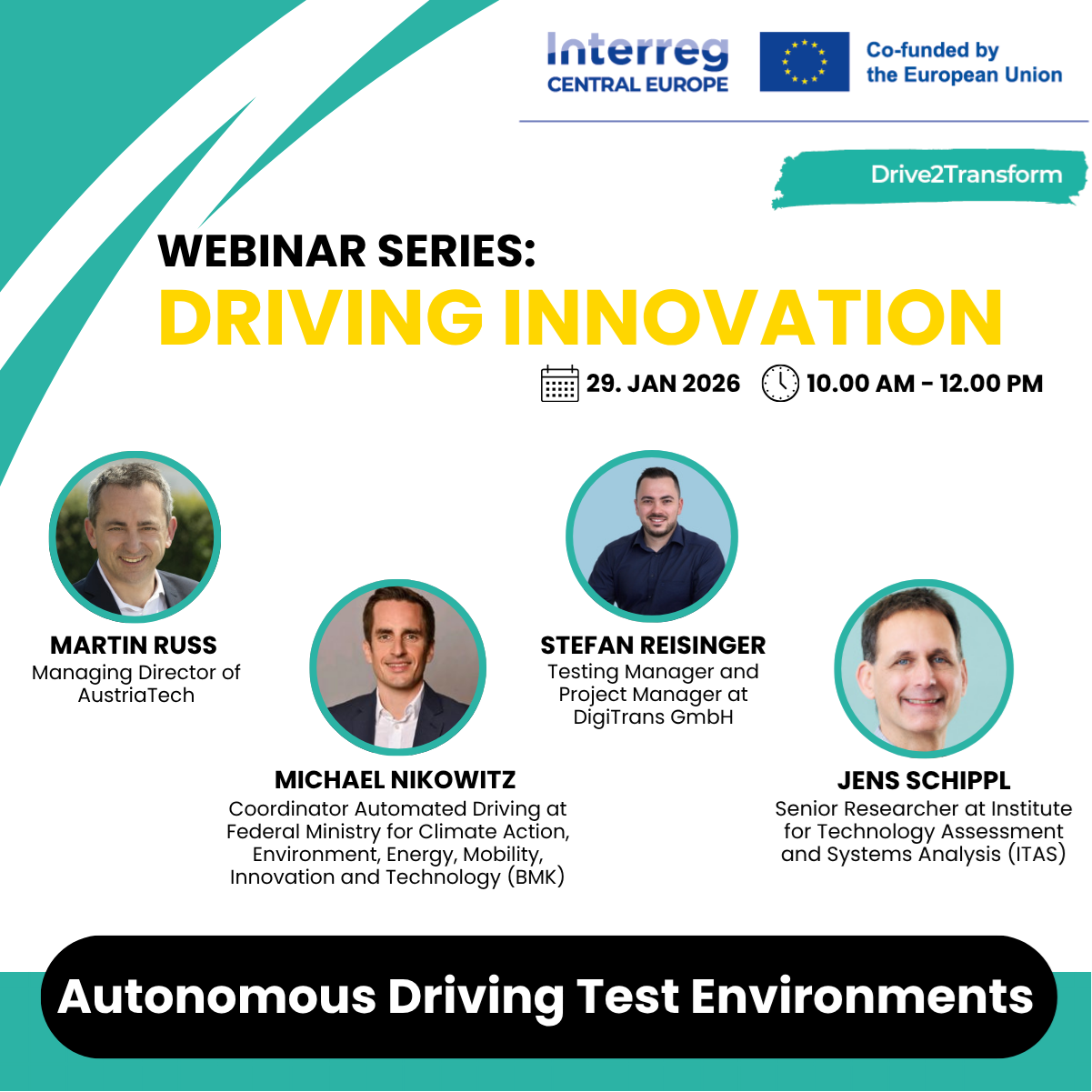
"Driving Innovation webinar #2: EU Battery Technology & Management" - 05.11.2025, 10:00-12:00
Koordynator Klastra zaprasza do udziału w webinarze "Drive2Transform: Driving Innovation: EU Battery Technology & Management", podczas którego eksperci omówią kwestie zrównoważonego rozwoju, ram finansowania, strategicznych zamówień i odpowiedzialnego recyklingu w całym łańcuchu wartości akumulatorów.
UWAGA: rejestracja wymagana poprzez stronę organizatora --> LINK
UWAGA: webinar prowadzony będzie po angielsku
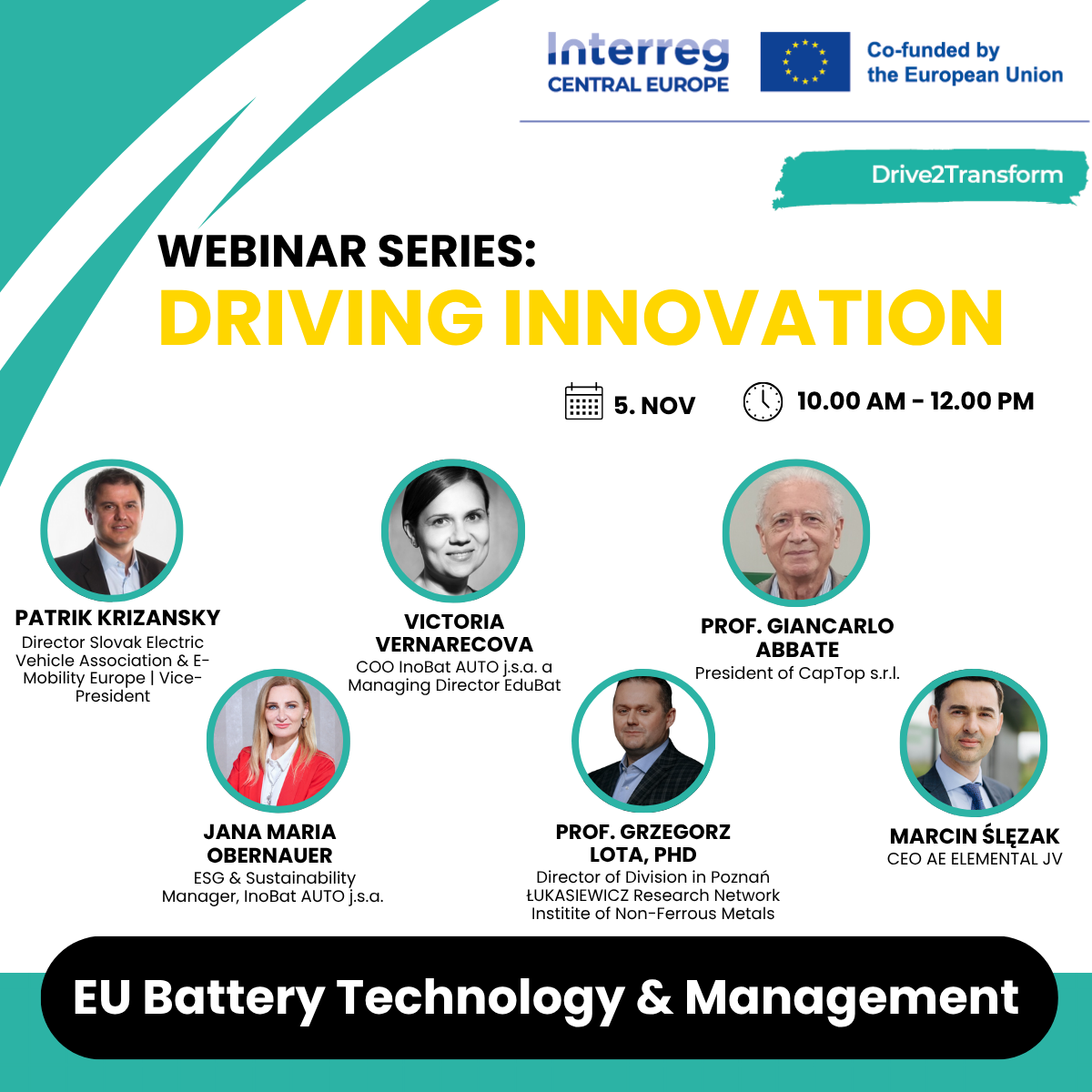 |
Agenda: 10.00 - 10.10 Opening - welcome & introduction 10.10 - 10.30 Navigating the EU Maze - Regulations and Funding for Battery Value chain, Patrik Krizansky, Slovak Electric Vehicle Association(SEVA) | Director & E-Mobility Europe | Vice-President 10.30 - 10.50 Empowering the Battery Value Chain ;,Sustainable Procurement, ESG Leadership & STEM Talent for a Greener Future, InoBat AUTO j.s.a. (SK)
10.50 - 11.10 Supercapacitors for automotive and public transport, prof. Giancarlo Abbate, President of CapTop s.r.l. 11.10 - 11.25 Responsible battery recycling and material recuperation at the end of the life cycle, Marcin Ślęzak, CEO AE ELEMENTAL JV 11.25 - 11.40 Battery safety testing for Automotive, prof. Grzegorz Lota, Director of ŁUKASIEWICZ RESEARCH NETWORK INSTITUTE OF NON-FERROUS METALS DIVISION IN POZNAŃ 11.40 - 12.00 Discussion / Q&A Individual discussions with one of the guest lecturers, by prior arrangement. |
Driving Innovation webinar #1: "Przyszłość wytwarzania: Robotyka i AI w w przemyśle motoryzacyjnym" - 23.09.2025, 10:00-12:00
Koordynator Klastra zaprasza do udziału w webinarze "Drive2Transform: Driving Innovation: Przyszłość wytwarzania: Robotyka i AI w w przemyśle motoryzacyjnym", podczas którego eksperci zaprezentują najnowsze osiągnięcia w dziedzinie robotyki i sztucznej inteligencji (AI), a także pilną potrzebę transformacji w branży motoryzacyjnej – od inteligentnych fabryk po kontrolę jakości i automatyzację.
UWAGA: rejestracja wymagana poprzez stronę organizatora --> LINK
UWAGA: webinar prowadzony będzie po angielsku
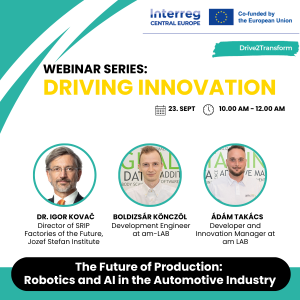 |
Agenda: 10.00 - 10.10 Opening speech
|
Webinar organizowany jest w ramach Projektu Drive2Transform (CE0200679), który jest realizowany w ramach programu Interreg Central Europe 2021–2027 i jest współfinansowany ze środków Europejskiego Funduszu Rozwoju Regionalnego (EFRR).





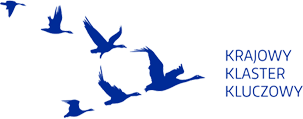
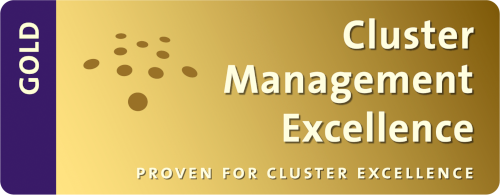









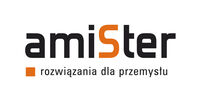

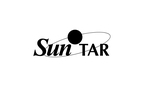


.png)



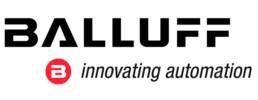
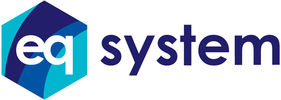

.png)
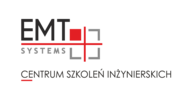





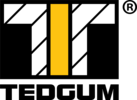
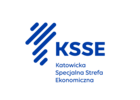


.jpg)

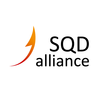

.jpg)


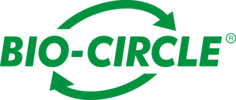



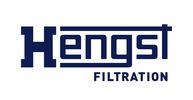









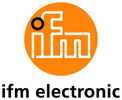








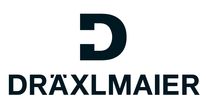
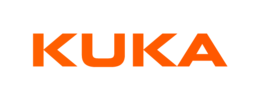
.jpg)








